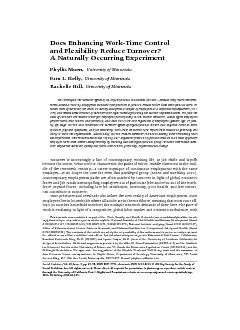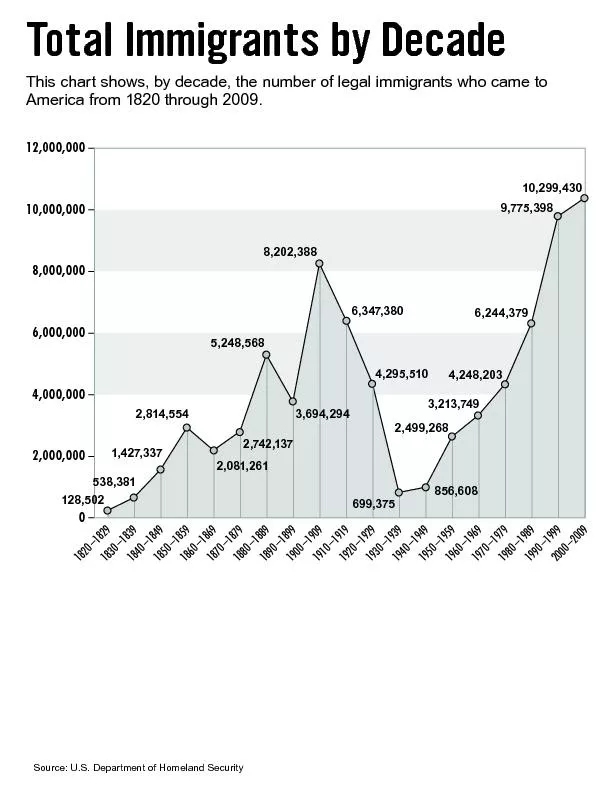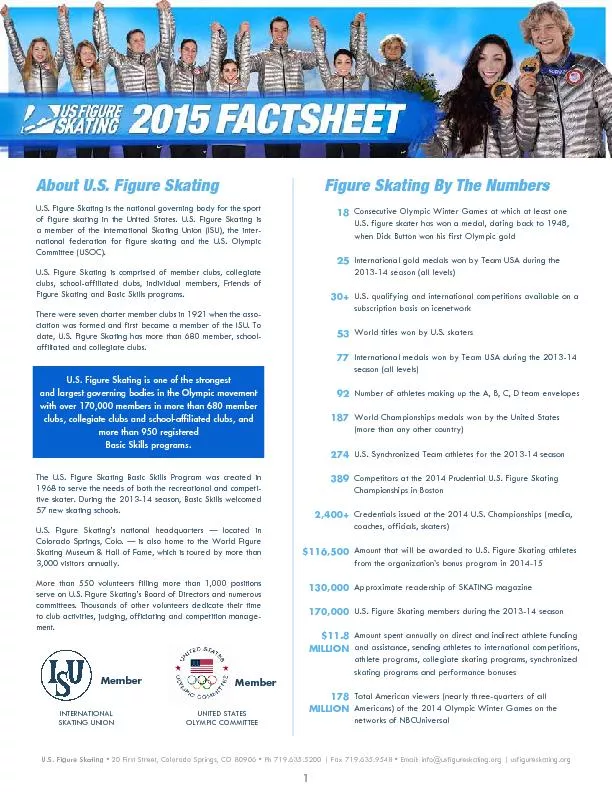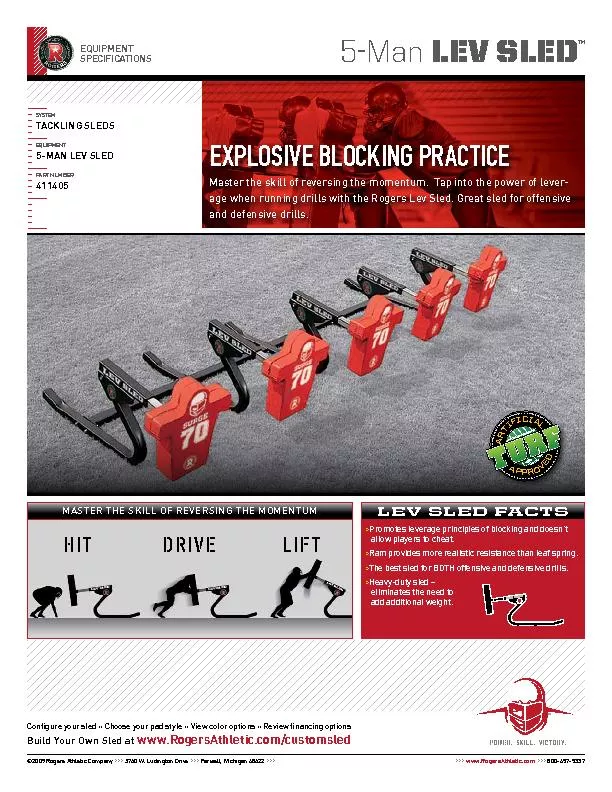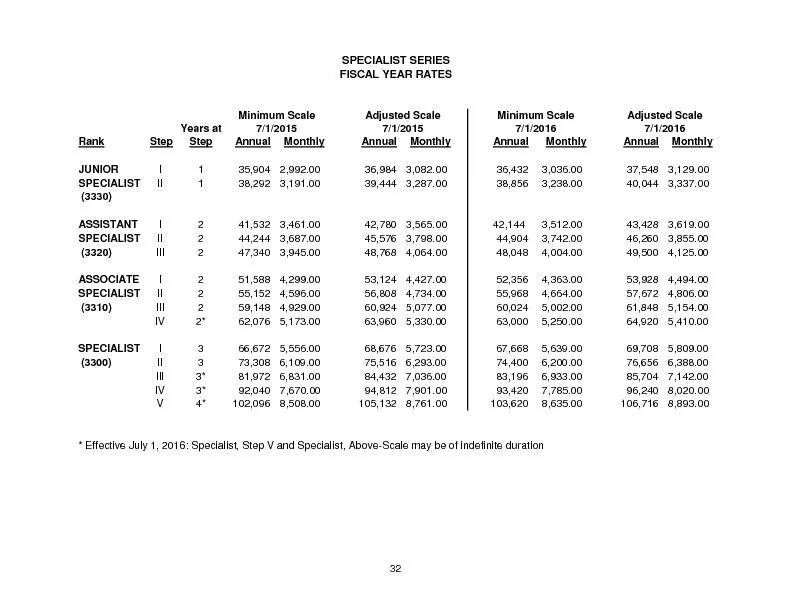PDF-, Vol. 58, Issue 1, pp. 69–98, ISSN 0037-7791, electronic ISSN 15
Author : olivia-moreira | Published Date : 2015-11-21
SP580104indd 69 123110 41543 PM KELLYHIL employees expected to do more with fewer resources Escalating worktime demands in turn ratchet up the strains on employees
Presentation Embed Code
Download Presentation
Download Presentation The PPT/PDF document ", Vol. 58, Issue 1, pp. 69–98, ISSN..." is the property of its rightful owner. Permission is granted to download and print the materials on this website for personal, non-commercial use only, and to display it on your personal computer provided you do not modify the materials and that you retain all copyright notices contained in the materials. By downloading content from our website, you accept the terms of this agreement.
, Vol. 58, Issue 1, pp. 69–98, ISSN 0037-7791, electronic ISSN 15: Transcript
Download Rules Of Document
", Vol. 58, Issue 1, pp. 69–98, ISSN 0037-7791, electronic ISSN 15"The content belongs to its owner. You may download and print it for personal use, without modification, and keep all copyright notices. By downloading, you agree to these terms.
Related Documents

